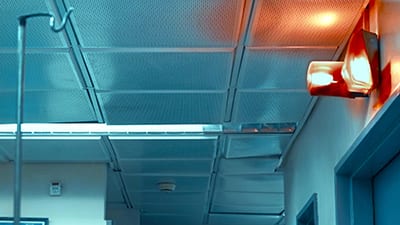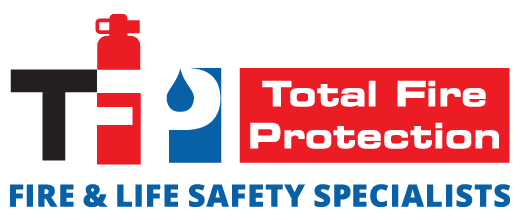 Healthcare facilities promote better physical, mental, and emotional health for the people who walk through their doors. Part of that effort is ensuring the safety and security of the healthcare facility and its patients.
Healthcare facilities promote better physical, mental, and emotional health for the people who walk through their doors. Part of that effort is ensuring the safety and security of the healthcare facility and its patients.
Providing a safety standard for healthcare facilities can be challenging because healthcare facilities contain operating rooms that need to maintain a sterile environment and imaging rooms with sensitive equipment. Telecommunications rooms also require fire safety measures that will not destroy computers and other devices.
NFPA 99 Explained
In an effort to address these issues, NFPA (National Fire Protection Association) 99 standards were updated in 2018 to specify the required type of fire extinguisher to be used in different areas of healthcare facilities. NFPA 99 was updated because certain fire extinguishers can disrupt or destroy the functionality of some devices in healthcare facilities. In response, these requirements are designed to ensure the highest level of life and fire safety in these facilities.
Revised NFPA 99 standards clarify that imaging rooms with magnetic devices such as MRI scanners must have non-conductive fire extinguishers. Fire extinguishers for rooms with these types of devices must be non-ferrous, meaning they are not affected by magnetic fields. MRI scanners run on extremely high voltages and generate very strong magnetic fields, making conductive fire extinguishers a potential risk.
NFPA 99 also requires that healthcare facilities must provide Type K portable fire extinguishers in areas where other fire extinguishers could negatively react to ingredients in the cooking area. Type K fire extinguishers don’t react to combustible cooking mediums like animal oils, vegetable oils, and fats. While this measure has been included in kitchen fire protection safety standards for some time, it was only recently extended to healthcare facilities. In addition, automatic fire suppression systems are also required to protect cooking appliances.
NFPA 99 also requires healthcare facilities to provide clean agent portable fire extinguishers for telecommunications equipment rooms. Clean agent fire extinguishers are non-conductive and gaseous fire extinguishers that do not leave a residue upon evaporation. The newly revised NFPA 99 standards require clean agent fire extinguishers because water fire extinguishers can destroy sensitive electronic equipment that stores information about patients and the hospital.
The revised standards also require operating rooms to use water-mist or clean agent portable fire extinguishers to maintain the required sterile environment of the room.
Hospitals and healthcare organizations searching for fire extinguisher inspection and maintenance services in New York City should contact Total Fire Protection at (718) 785-8297.




